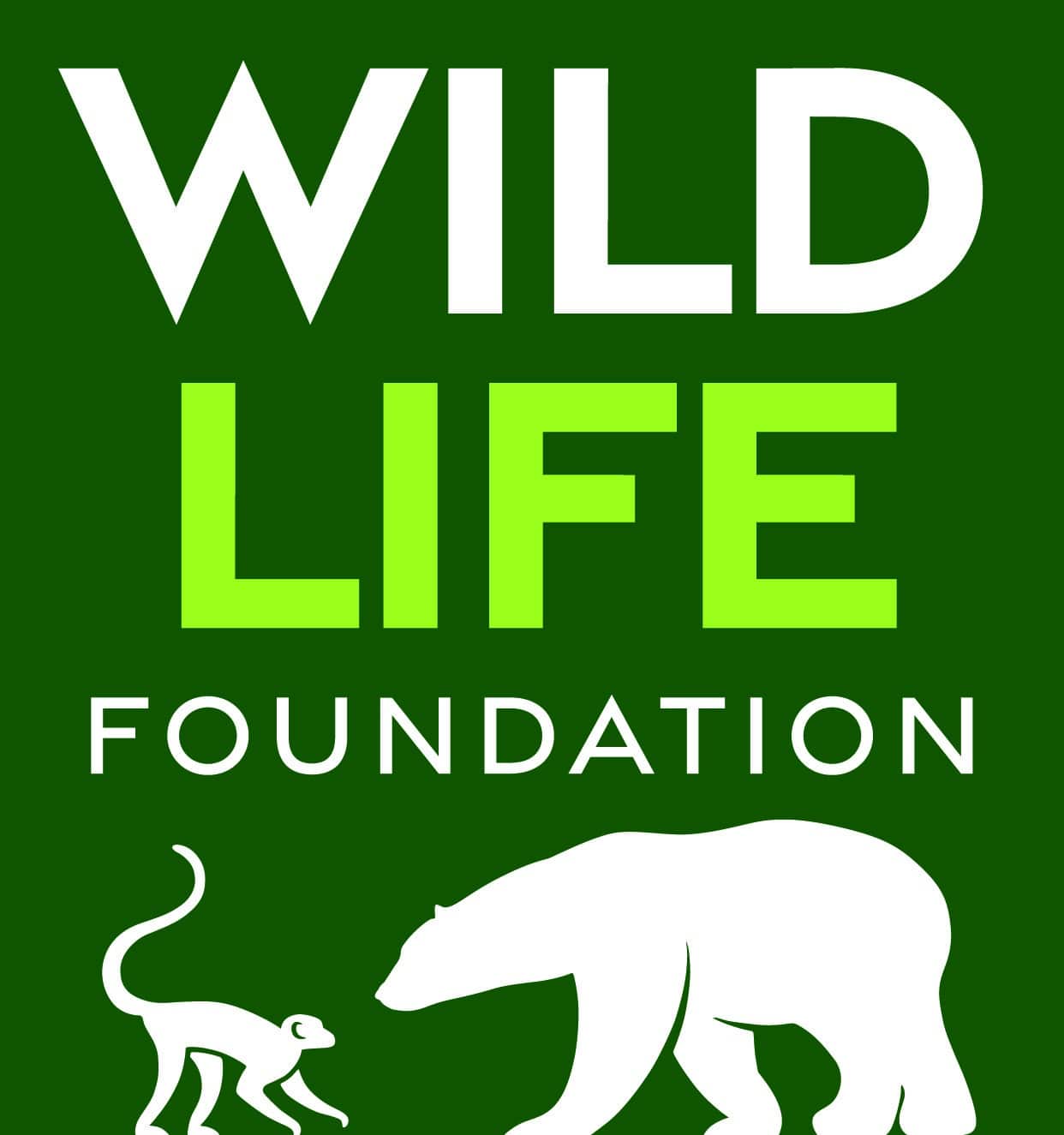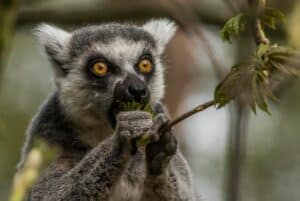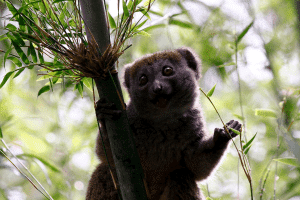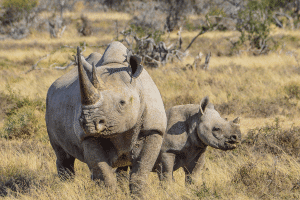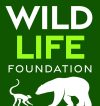Painted Dogs
The second most endangered carnivore in Africa
Number left in the wild
6000
Population decline in the last 2 decades
43%
% of pups that survive their first year
50%
It’s fair to say Painted dogs are pretty confident. Whilst they might be the size of a medium to large domestic dog, in the wild they regularly take on much larger prey by disembowelling it, which gives them a ferocious reputation.
Painted dogs live in packs led by a lead female and male. Like many human families, whilst they sometimes bicker, their bond is super strong. So much so, that only the fittest will hunt and provide food for the young, sick and elderly.
They are cursorial hunters, meaning they pursue their prey in a long, open chase, and with an 80% success rate, we’d say it works pretty well for them. They are cunning and stealthy but rely on their incredible vision to locate prey such as wildebeest, impala or zebra.
Despite being a really impressive animals, Painted dogs have been hit hard with a huge population decline over the past few decades. We’re working to protect them in the wild.
Painted dogs live in packs led by a lead female and male. Like many human families, whilst they sometimes bicker, their bond is super strong. So much so, that only the fittest will hunt and provide food for the young, sick and elderly.
They are cursorial hunters, meaning they pursue their prey in a long, open chase, and with an 80% success rate, we’d say it works pretty well for them. They are cunning and stealthy but rely on their incredible vision to locate prey such as wildebeest, impala or zebra.
Despite being a really impressive animals, Painted dogs have been hit hard with a huge population decline over the past few decades. We’re working to protect them in the wild.

Threats
Human-Painted Dog Conflict:
Painted dogs experience a high death rate in comparison with other large carnivore species. Although competition from other predators is the principal cause of natural death in adults, more than half of all deaths are due to human activity. Forced outside of protected areas due to habitat fragmentation, this results in increased contact with people and domestic animals. Working with
Painted Dogs
Sera Wildlife Conservancy
WildLife Foundation has awarded a three-year grant to its partners, Fauna and Flora International , for use at their Sera Wildlife Conservancy in Kenya where the money is used to secure the habitat of the species that live there, including Black rhinos, Grévy’s zebra, Painted dogs and Giraffes.
Facts
Painted dogs are super quick – running at lightening speed of up to 40 miles per hour.
Painted Dogs have a strong scent (not in a bad way).
Painted dogs have one of the most powerful bites for their body size of any animal in the world.
Painted Dogs have a strong scent (not in a bad way).
Painted dogs have one of the most powerful bites for their body size of any animal in the world.
Seven Worlds, One Planet
WildLife Foundation work with Fauna and Flora International at their Sera Wildlife Conservancy in Kenya
